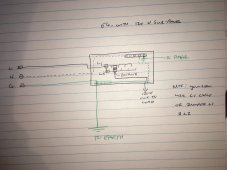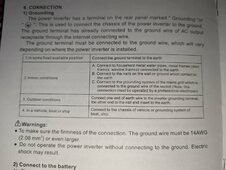NordicNerd
New Member
Hi all, I am looking at a similar problem with Giandel. I have not yet purchased Due to topics on this thread. I found the following video which appears to tackle this problem. I will also be purely off grid 100% solar only. It appears that Giandel advises against doing this 'fix'. I am leaning towards a UL / ETL / CSA approved product with internal ground neutral bonding now unless you guys have some thoughts (more than above) on this below video:
Thanks!
Thanks!




